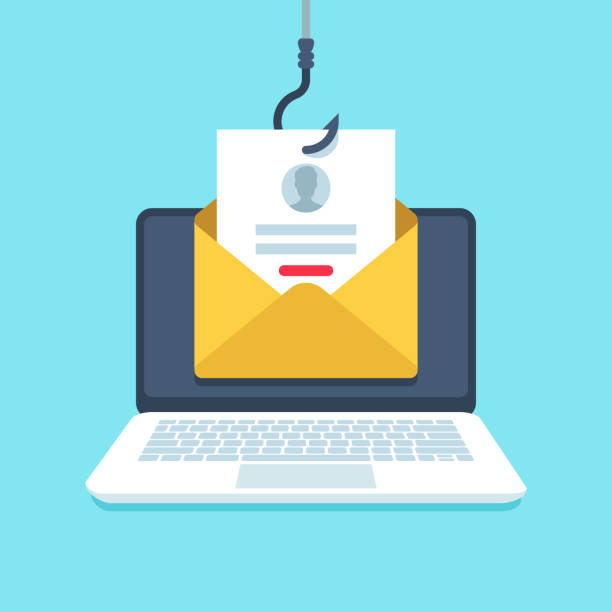When leaving your financial information in various stores, pharmacies, bonus cards, we do not think about the fact that we can become victims of internet scammers.
One way to deceive people is phishing and fake websites. The focus of phishing is the theft of personal information electronically. This can include:
- email addresses,
- passwords,
- logins,
- bank card numbers.
Phishing scammers create fake websites based on the logos of well-known applications, luring people in. They only need to make a small symbol or some picture so that it goes unnoticed.
One type of phishing is uncontrolled spam emails, coming either in messages or to email, where they may promise sky-high prizes, winnings, incomes.
When registering on such sites, a lot of additional information is laid out, where you are required to enter personal data, bank cards, some passwords. Scammers have gone further and now develop the distribution of just letters, to which you need to respond. Clicking on such sites can lead to data loss and they are used by criminals.
Online auctions have now also become popular; they attract most scammers, where people are offered to list goods on well-known resources, but payments are made through phishing sites. In essence, they just rob you. You should be careful with sites and apps that offer to register or make a small deposit or predict a large profit with small investments.
Signs of a Phishing Site
Phishing sites are essentially clone sites, there are several signs that give them away:
- incorrect site name (there may be literally one letter or some squiggle that differs);
- lack of site certificate (starts with http and next to the address it says the resource is not secure);
- imperfect text and design (presence of extra spelling mistakes, unnecessary elements, incorrect company name, unusual structure of the web resource itself);
- illogical names of individuals;
- recent site creation date (no legal entities);
- no user agreement, outlining terms of delivery, payment, if it's a store.

Data Protection from Online Scammers
To protect your data from online scammers, you should remember a few rules.
Scammers are only interested in certain data, such as email passwords, card PIN codes.
Protection from phishing sites largely involves licensed antivirus programs, which should be periodically updated and downloaded from verified sources. Most modern antiviruses have an effective anti-phishing filter that allows spam suspicious letters or messages to be filtered into a spam folder.
Phishing sites are often unattractive, created quickly, and have only one page. Visiting links on them almost doesn't result in anything, or they won't lead anywhere at all.
Phishing sites often use aggressive advertising with calls to immediately follow a link with a discount, promo code, or that the offer is valid for only a few minutes. This should be alarming and help understand how to protect against phishing.
Also, caution during connection to unknown wi-fi resources won't hurt when protecting against phishing sites. At this moment, there may be intruders nearby who can intercept the necessary information.
Setting up two-factor authentication won't be superfluous when navigating to banking sites. If a link raises doubts, it's better not to click on it, but to use only verified resources. And in case of suspicion, you can contact the police.
How Not to Fall for a Fake Site
Before clicking on a link to an application, you should pay attention to its logo, search for several different resources, compare logos, check the sites for their credentials, contacts. And pay attention to small factors so that there are fewer opportunities to visit fake sites; you should adhere to safety by using:
- original browsers with built-in phishing and spam warnings;
- filters in email that immediately transfer unnecessary files to the delete folder;
- programs for continuous network monitoring and its activity.

Phishing Attacks and Online Security
Phishing attacks are one way to steal or harm confidential data by deceiving people and making them disclose personal information. It may contain passwords, logins, bank card numbers, passport data, and other personal information.
The most well-known phishing in the modern world is email. This method of attack aims to send suspicious offers to email. Thanks to modern technology and developments, there are many programs that help protect against online mailings. Before clicking on a link, you should determine if there was registration with this company, if there is an account on this site, if this did not occur, then it is clearly a phishing mailing and phishing company.


